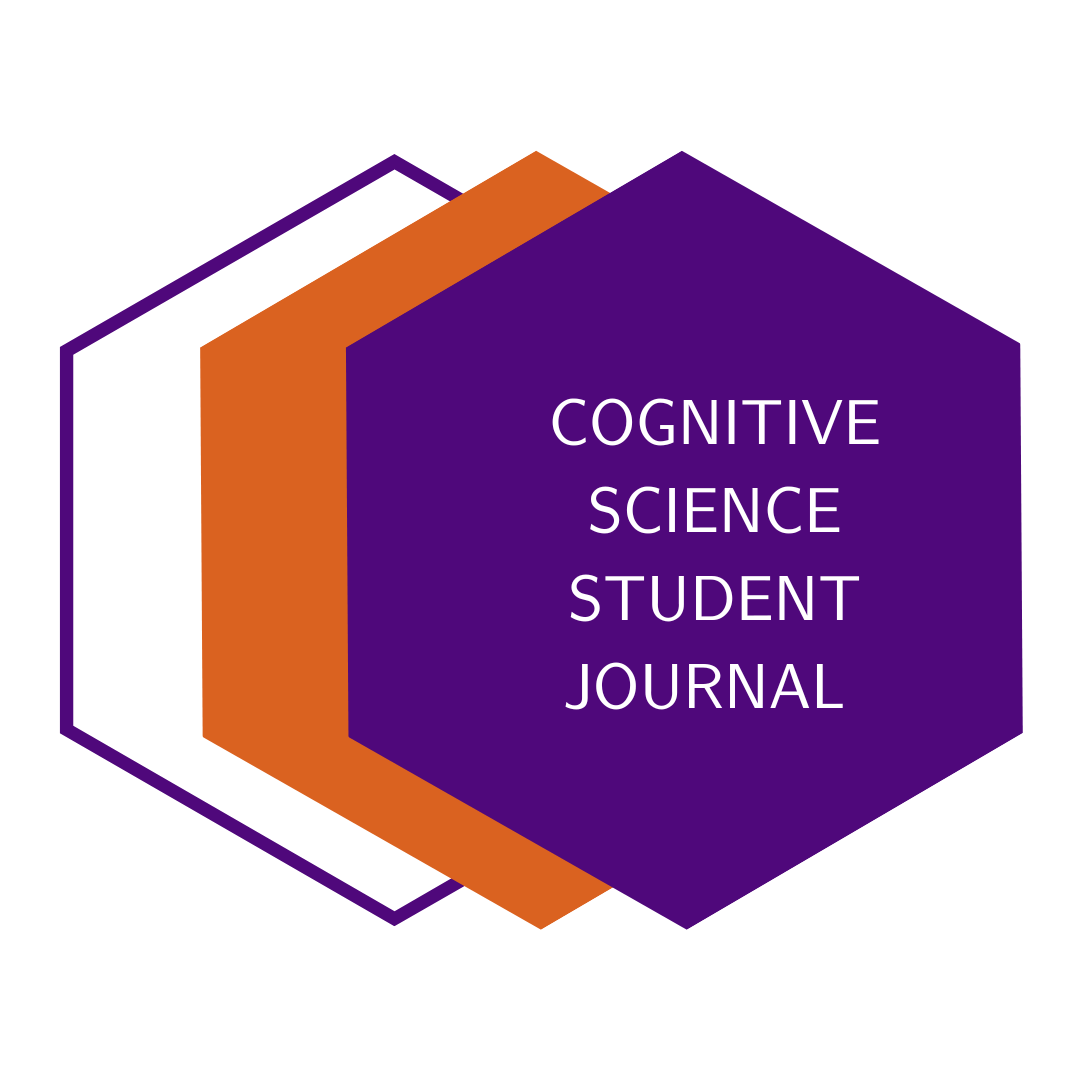Step outside our solar system with GANiverse. This paper presents a Generative Adversarial Network (GAN) that generates fantasy planets resembling celestial bodies in our solar system based on a dataset comprising the color, texture, and structure of planets and moons closer to Earth.
Spoiler Alert:
GANiverse successfully generates fantasy celestial objects with realistic textures, sources of light, and rich coloring by employing a loss function comprising of the Wasserstein-GAN loss and the Structural Similarity Index (SSIM). You can access the author’s work (finalized in July 2022) directly and create your own fake planet on their website.
Good to know:
To better understand our research, it is helpful to have knowledge of Generative Adversarial Networks (GANs), their architecture and applications. Alternatively, some understanding of Deep Learning and Neural Networks may be enough to guide you through our main findings.
Course:
Computer Vision, Applied research paper for ‘Projects in Deep Computer Vision’ taught by Axel Schaffland. ST 22
 Loading...
Loading...

Christian Burmester

